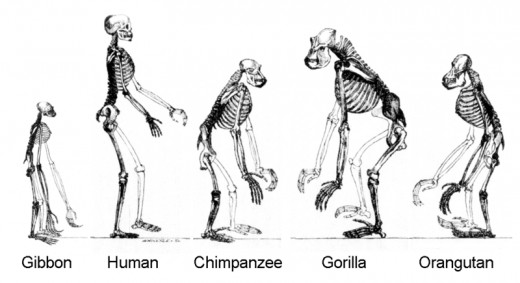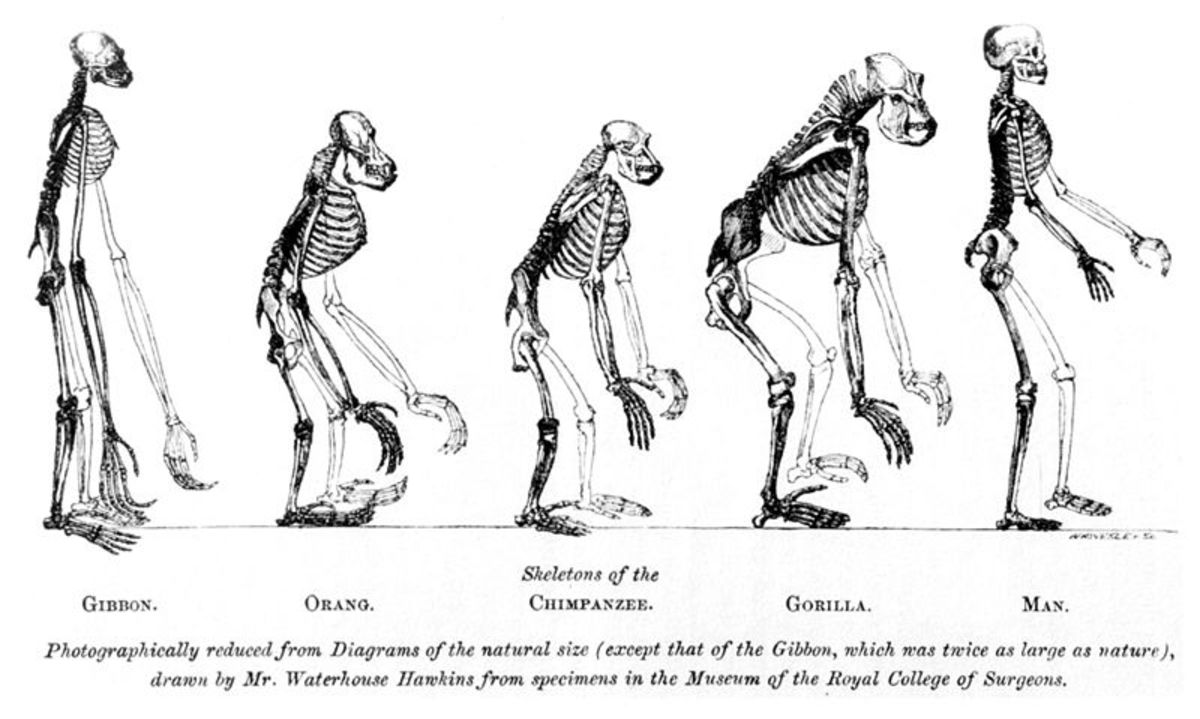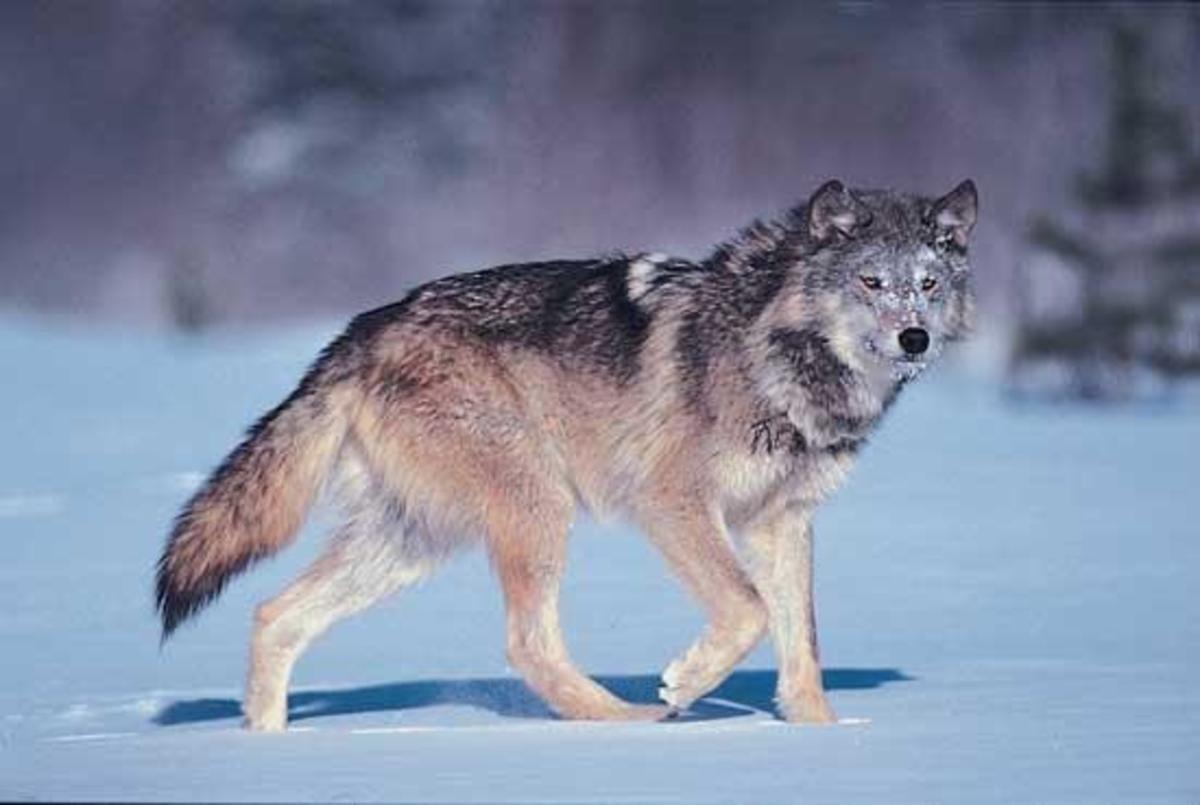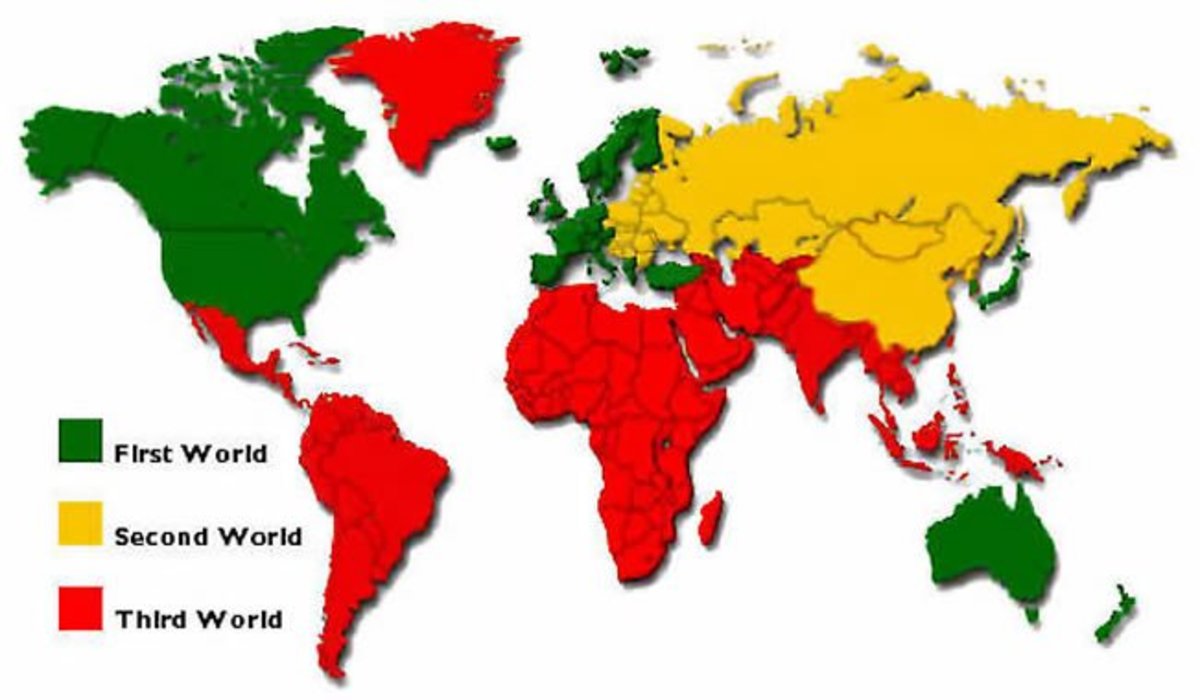Hominid Evolution and Natural Selection
Components of Natural Selection
Natural selection is an innate, adoptive mechanism among humans and animals and is considered a key factor for evolution to take place. It is a process in which traits become more or less apparent in a population of a particular species due to continuous effects in terms of the survival and or reproduction of their carrier. The natural genetic variation within a population of a particular species may cause some individuals of the group to survive and reproduce more successfully than others given the same, current environment. The process of natural selection occurs through comparative advantage rather than on absolute standard of design. For natural selection to take place, it must have four components, as proposed by Charles Darwin. The first component is variation within the population of the organisms. Variation within the species in terms of appearance and behavior would include size, hair color, facial markings, and voice properties among others. The second component is inheritance. This means that there are some particular traits that are so persistent that they are consistently pass on from the parents to the offspring. Such traits are heritable while traits that are caused by adaptation due to environmental conditions show very weak heritability. Third component is high population growth. This means that there is exponential growth among offspring each year so much so that local resource could no longer support and there is an emerging struggle for vital resource. Such could cause succeeding generation to experience substantial mortality and also develop a new sense of survival traits which brings us to the fourth component—different survival and reproduction. This means that individuals from the particular species who possess traits well-suited for the new environment that struggles for local resources will contribute more offspring to the succeeding generation and thus in this sense completed the process of natural selection. Wherein individuals within a population of a species with more adaptive and desirable traits are able to adapt more and thus survive, contributing more to the next generation, and influencing the traits of the next population.

Evidence of Natural Selection in Hominid Evolution
The best way to factually and relatively explain natural selection is through hominid evolution as this process allows us humans to completely evolve as a distinctly unique species from other hominids, primates, and great apes. The hominid evolution is anchored on a synthesis of biological and cultural theories and new discoveries in neuropsychology that trace its roots, still to natural selection. For example, hominid evolution was proposed to be driven by females who would select their procreation partners who are increasingly cooperative, social, and less aggressive and are more likely to succeed in a promiscuous social environment. These male are those who have less testosterone level and are more responsive to the needs of women and children. In this example, both the social and biological are considered in the natural selection process. In terms of more traditional view of natural selection, physical evolution is usually attributed. Such major evolutionary changes that could be attributed to natural selection that have made us unique species are bipedalism that allowed men to walk upright and stand up. They began to develop bigger brains and thus began to process and function on more complex tasks like banding together for migration, creation of tools, and development of speech. Technology or creation of tools also meant the development of opposable thumb. With opposable thumb comes technology and craft. Soon, agriculture and domestication of animals was possible and a more sedentary lifestyle followed. With these changes in the lifestyle, only the fittest of the species and those with the most desirable traits would survive, thus natural selection was crucial in it all.








